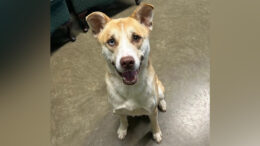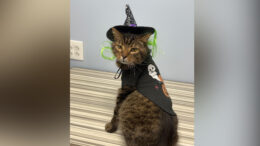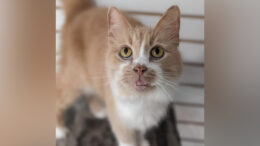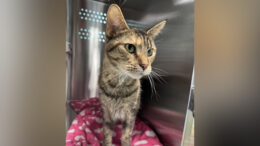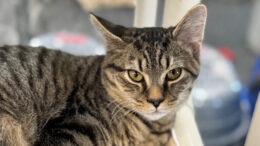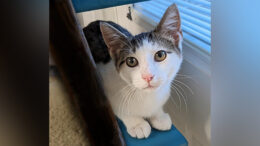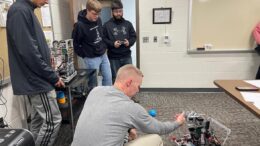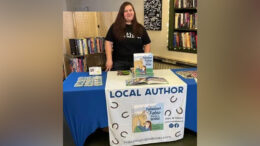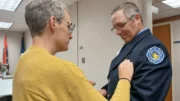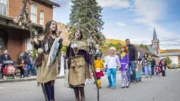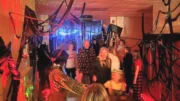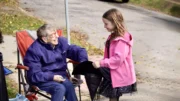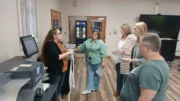“Winter sown seedlings grow into healthy,sturdy plants. Plants will be ready to thrive in the garden when spring arrives.”
– Trudy Davidoff, Creator of the Winter Seed Sowing Method
Few things in life are more satisfying than growing plants from seed. This winter, have some fun sowing native seeds and banish the winter doldrums.
There is no need for expensive or sophisticated facilities to propagate native plants. You can sow seeds directly into your garden beds or flats, or sow seeds in a recycled translucent plastic jug or other container, to be left outside over winter.
Many native perennials have a reputation for being difficult to germinate. That is largely the result of some general confusion about dormancy and germination. Enjoy the thrill of opening your milk jugs in spring! Many natives are easy to grow from seed and have high germination rates. The seeds of native plants have built-in dormancy mechanisms which protect them from germinating before killing frosts or in times of drought. In the wild, seeds will lie dormant until the proper conditions for growth occur.
Putting your seeds outside to overwinter and providing enough moisture will create the proper conditions. So, skip those complicated pre-sowing seed treatment recommendations and let nature do the work by just leaving your seeds outside. Seed propagation maintains the genetic diversity inherent in wild native plants. In the wild, most plants reproduce sexually by seed. After the flowers are pollinated, seeds are formed with genes from multiple individuals. This genetic variability or diversity can allow individual plants to adapt to changing environmental conditions, such as drought and heat, and enhance disease resistance.
You may be able to use seeds of local origin or ecotype seeds. Ecotype seeds are seeds from parent stock that has evolved and adapted to your area over time – your geology, soils, elevation, temperature, rainfall, insects, diseases, pests, etc. Do not transplant your seedlings into a larger pot until they have a pair of true leaves, and when you do, transplant several seedlings together into one pot. Seedlings do not do as well with too much space.
- Anise hyssop
- Asters
- Coreopsis
- Penstemon
- Mountain mint
- Goldenrod
- Black-eyed Susan
- Coral bells
- Baptisia
- Salvia
- Veronica
Anise hyssop and black-eyed Susan often bloom the first year.
You can also sow re-seeding annuals and vegetables.
Here are two fact sheets with info to get you started winter seed sowing:
extension.illinois.edu/news-releases/winter-seed-sowing
extension.psu.edu/successful-winter-seed-sowing
wildseedproject.net/2016/11/ideal-time-for-sowing-native-seeds/
You can find more plants for your consideration at Bumble Bee Banquet, along with great advice for creating a succession of blooming wildflowers, trees, and shrubs from early spring through fall.
Recommended reading
Starting from Seed: The Natural Gardener’s Guide to Propagating Plants, Brooklyn Botanic Garden, 21st Century Gardening Series
Growing and Propagating Wild Flowers, Henry R. Phillips
Making More Plants: The Science, Art and Joy of Propagation, Ken Druse


